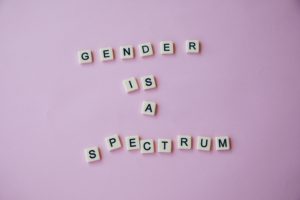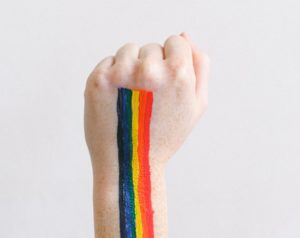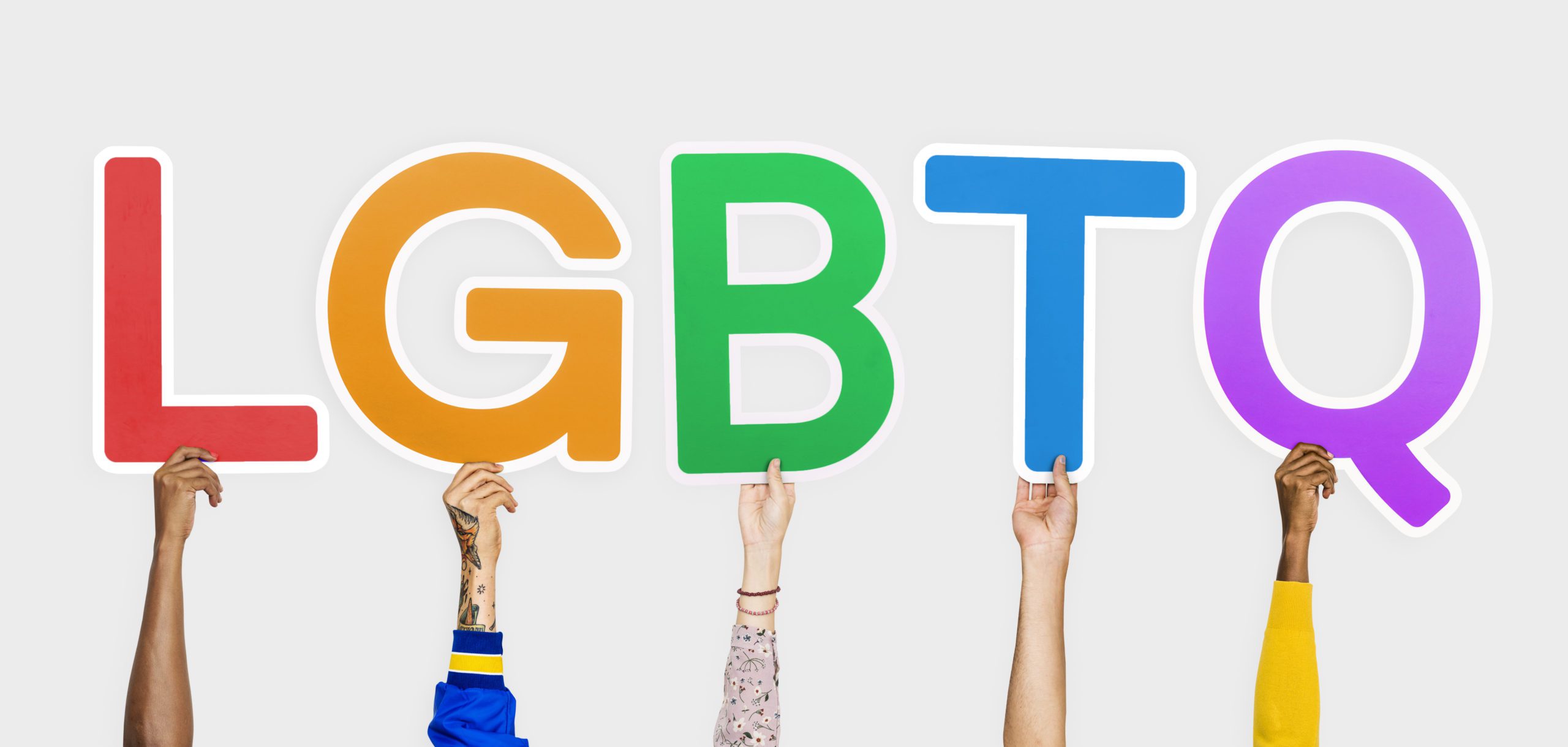Written by: Anuska Roy
Gender and sexuality interact largely with language. Usage of correct pronouns, gender sensitive language as well as communicative responses that traverse beyond the binary are integral aspects of gender sensitization within workplaces. Awareness about the queer community as well as how different segments interact within them, is encapsulated within language guidelines.
It is then important to acknowledge the diverse levels of alphabets that exist within the gender and sexuality spectrum. The words that fall within the gender and sexuality spectrum each hold unique meaning and are also inherently tied to acknowledging a queer person’s identity. Correct usage of language is an integral aspect of building safer spaces for queer individuals to function in.
Previously, the queer community had a disjointed identity and was referred to as the “gay” community. The abbreviation LGBT itself evolved. It is now disrespectful to refer to the community only as the LGBT community. It is appropriate to use the abbreviation LGBTQIA+ or LGBTQIAP+ to be more inclusive of all identities within the community. The community has also now evolved to be more accepting of a variety of gender and sexual ‘minorities’ that failed to find a place before.
An extensive list of gender and sexuality alphabets has been presented in contemporary times. It is hence important to have an understanding of these alphabets to be more inclusive to members of the queer community. Following is a list of gender and sexuality alphabets that workplaces must keep a note of:
Gay and Lesbian
Starting from the archaic terminology – ‘homosexual’ the term evolved into ‘gay’. The generalization for the entire queer community being referred to as the ‘gay’ community to the queer community also led to the evolution for these terms. From being limited to referring to only cis-bodied men and women to being more inclusive of different gender identities. In basic terminology, ‘gay’ refers to those men who are attracted to men and ‘lesbian’ refers to those women who are attracted to women.
Bisexual
This is another term that has evolved into being more inclusive of all genders. Earlier the term referred to individuals being attracted to men and women only. However, now bisexual refers to individuals being attracted to two genders (not limited to men and women.)
Pansexual
The terms pansexual refers to those individuals who are attracted to others irrespective of their gender. Moreover, this also traverses beyond the restrictive idea attached to the gender binary. Pansexual identities have become more mainstream with the emergence of pop stars coming out as pansexual.
Asexual
Asexual refers to an individual who has no sexual desires. Commonly referred to as ‘ace’ in popular media. They are also separate identities from aromantic individuals who may have sexual desires but do not experience romantic attraction. Asexual individuals may have romantic attractions while aromantic individuals may experience sexual desires.
Demisexual
Demisexual refers to an individual experiencing sexual desires only to those who they are emotionally attracted to. This does not refer to romantic attachments but to a strong emotional connection two people may feel.
Graysexual
This refers to those experiencing sexual attraction at times but not others. This refers to the general ‘gray’ area between a person being asexual and identifying with a sexual identity.

Cisgender
Cisgender refers to individuals whose gender identity is same as their biological sex, or the sex that was assigned to them at birth.
Transgender
Transgender persons are those whose gender identity differs from the sex that was assigned to them at birth. This also refers to gender expression. Trans* and Trans+ are terminologies that are used to refer to the broader umbrella term for non-cis bodied individuals.
Gender non-confirming
This refers to those who express their gender identity separate from the binary expressions of masculinity and femineity. This is not to be confused with transgender persons. Some transgender persons may be gender non-confirming while some gender non-confirming persons may not be transgender.
Nonbinary
Nonbinary individuals do not identify as male or female. This is also referred to as enby or NB individuals. Enby persons’ gender identity as well as gender expression (sometimes) do not adhere to the gender binary.
Genderqueer
Genderqueer people are those who may express or identify with masculinity and femineity both. Genderqueer persons may not identify with either as well. They do not identify themselves with the male and female binary.
Gender fluid
This term refers to those who travel within the gender spectrum. Their identity and expression may change and shift regularly.
Gender neutral
Gender neutrality refers to traversing beyond the binary of male and female. This is applicable to pronouns, communication as well as infrastructure. Gender neutral pronouns are ‘they/them’. Gender neutral infrastructure would refer to gender neutral washrooms where individuals of all gender can access. Gender neutrality also refers to clothing and expression.

AFAB, AMAB, UAAB
These refer to the sex a person is assigned at birth. Assigned female at birth, assigned male at birth and unassigned at birth respectively.
Intersex
This refers to an individual who is born with biological sex characteristics that do not adhere to the traditional understandings of male and female. This term is independent of sexual orientation or gender identity.
It is important for workplaces to not only acknowledge these identities but also work towards including them in internal as well as external communication. With the help of inclusion audits and advisories, workplaces can build a safer and more inclusive workplace for queer employees within their organisation.










